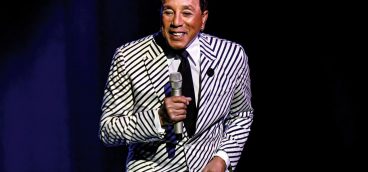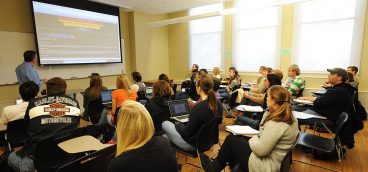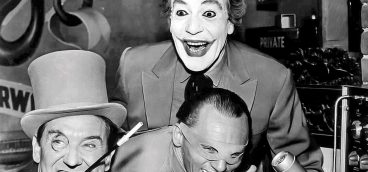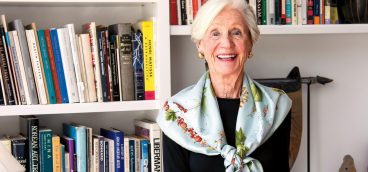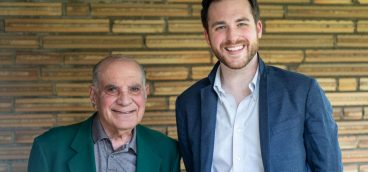An Evening with Rosalynn Carter

It was December 9,1979. The White House was decorated for Christmas, with its majestic, towering Christmas Tree, all ready for the annual lighting that day. What a great welcoming sight. How could this be happening to us?
We were there to film First Lady Rosalynn Carter. She had agreed to do some public service commercials for us and help raise awareness and funds for the Cambodian hunger crisis.
It was one of the worst hunger crises the world had ever witnessed. Over 700,000 refugees were huddled in tents in a camp at the border with Laos, having fled the Khmer Rouge and the American bombing in Vietnam and Cambodia. Stranded in this camp, unable to cross the border, food was scarce and people were dying.
The American Ad Council, which produces most pro bono public service campaigns in America, sprung into action. They called our agency in Pittsburgh, Ketchum Advertising, and asked for our creative help. It was a great honor and we jumped on it.
As Creative Director, I gave the assignment to a top-notch, first-class creative team, Lindy Kravec, Copywriter, and John Chepelsky, Art Director. As they bounced around ideas, they came up with a big one. Why not try to get Rosalynn Carter as our spokeswoman? And intersperse her pitch with cameos of refugees?
The First Lady had already established herself as an advocate for lost causes — especially for those with mental illness and for the down and outs forced to live in substandard housing. Plus, she had a great look and a compassionate way, so compelling. I think it’s called charisma.
To our delight, The First Lady liked the idea, and agreed. The paperwork and permits to get through the White House gate were formidable and were done the week before. And today was the day. We were ushered into the White House Press Room and then escorted to the lower level where a room was reserved for us. What strikes you first is the abundance of security, which is reassuring, and then, just how large the White House really is. We were literally in the basement, which seemed to go on and on. We had about 4 hours to create a temporary studio. I had called a first-rate production company in New York, with whom we had produced several campaigns, and they jumped on the opportunity, pro bono.
Everything was going smoothly. We had built in a good bit of bonus time, in case we needed it. In the long hallway, 12-year-old Amy Carter was doing cartwheels and skipping along like any kid. She peeked in to see what we were up to and then a security guard told her that her mom needed her and off she goes. To help with the annual lighting of the White House Christmas Tree, we found out later.
We had scheduled Mrs. Carter for an hour at 6 p.m. to shoot several takes for the :60 and :30, which was simply Rosalynn speaking into the camera, moving from a medium shot to nearly a close-up. It was an honest approach with which she felt comfortable. She liked the words. She liked using cameos of the refugees with her voice over. We were ready. We were up. And then, we were nervous. Real nervous.
6 p.m. No First Lady. 6:15. 6:30. Where was she? At 6:40, she arrived, and apologized. The Christmas tree lighting had taken longer than expected. Could she please still give us an hour? Sorry, no. She had an obligation at 7 p.m. We had 20 minutes to get it done and get it right.
Of course, you do your best work when you’re under the gun. So did Rosalynn Carter, we learned. She nailed it. We were delighted with what we got. And that was it. We packed up and came home, bringing with us a “Merry Christmas” from the First Lady. A gift like that you don’t get every year.
The campaign did its job. A year later, I was invited to take the campaign to Japan to show them the kind of pro bono campaigns we do under pressure in the States. The occasion was their 10th anniversary of the Japan Advertising Council.
So, Roselynn Carter’s passing has brought back some good memories. But the best is, we were privileged to see her compassion first-hand. In her eyes. In her heart. In the way she thanked us.
No, Mrs. Carter, thank you.





